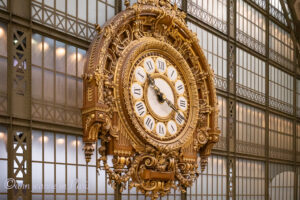
ORSAY Museum : the largest impressionist art collection in the world
A former railway station, in 1986, Orsay turned into one of the most popular museum in Paris

A former railway station, in 1986, Orsay turned into one of the most popular museum in Paris